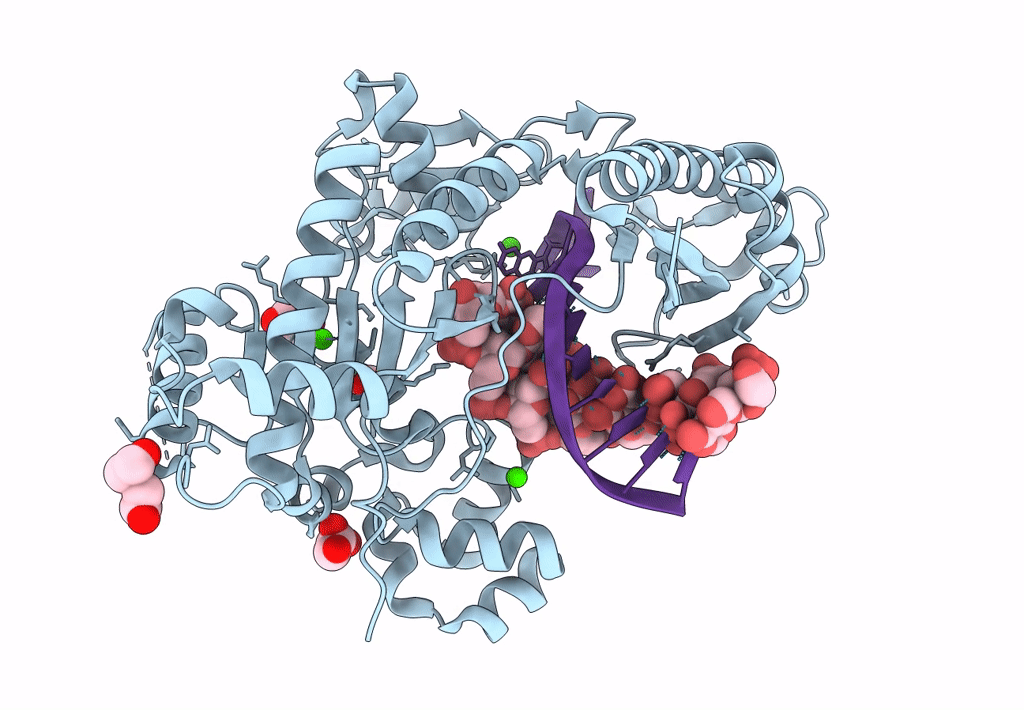
Deposition Date
2022-10-20
Release Date
2023-08-02
Last Version Date
2023-08-30
Entry Detail
PDB ID:
8EVE
Keywords:
Title:
HUMAN DNA POLYMERASE ETA INSERTION COMPLEX
Biological Source:
Source Organism:
Homo sapiens (Taxon ID: 9606)
synthetic construct (Taxon ID: 32630)
synthetic construct (Taxon ID: 32630)
Host Organism:
Method Details:
Experimental Method:
Resolution:
2.35 Å
R-Value Free:
0.24
R-Value Work:
0.18
R-Value Observed:
0.19
Space Group:
P 61


